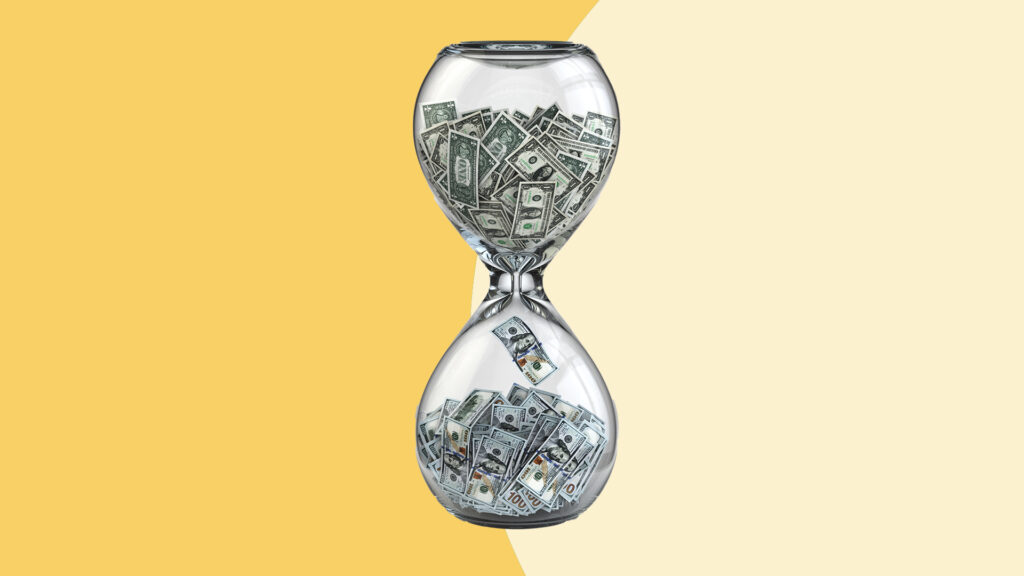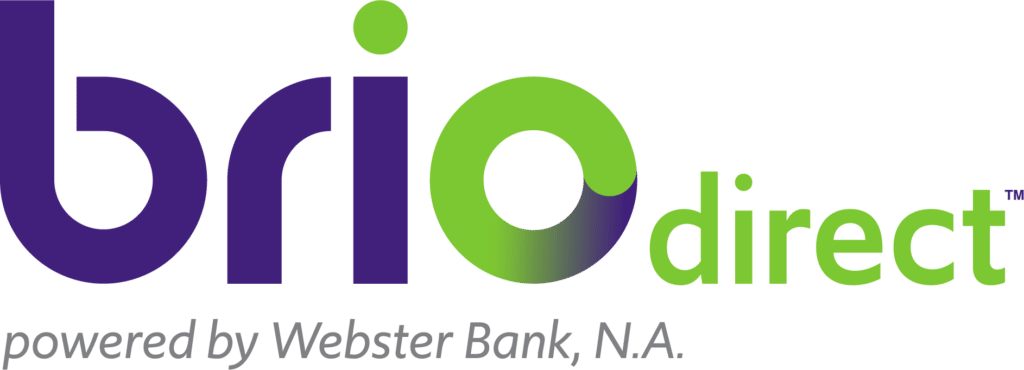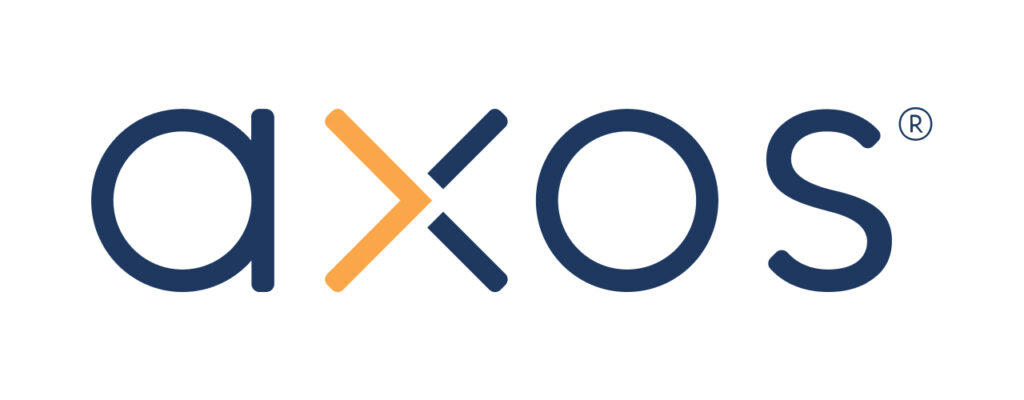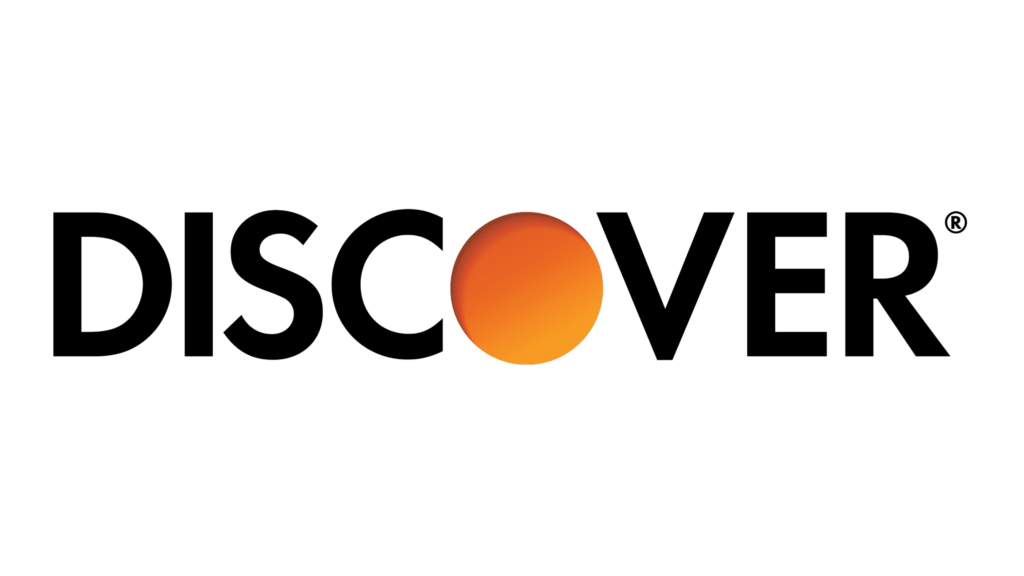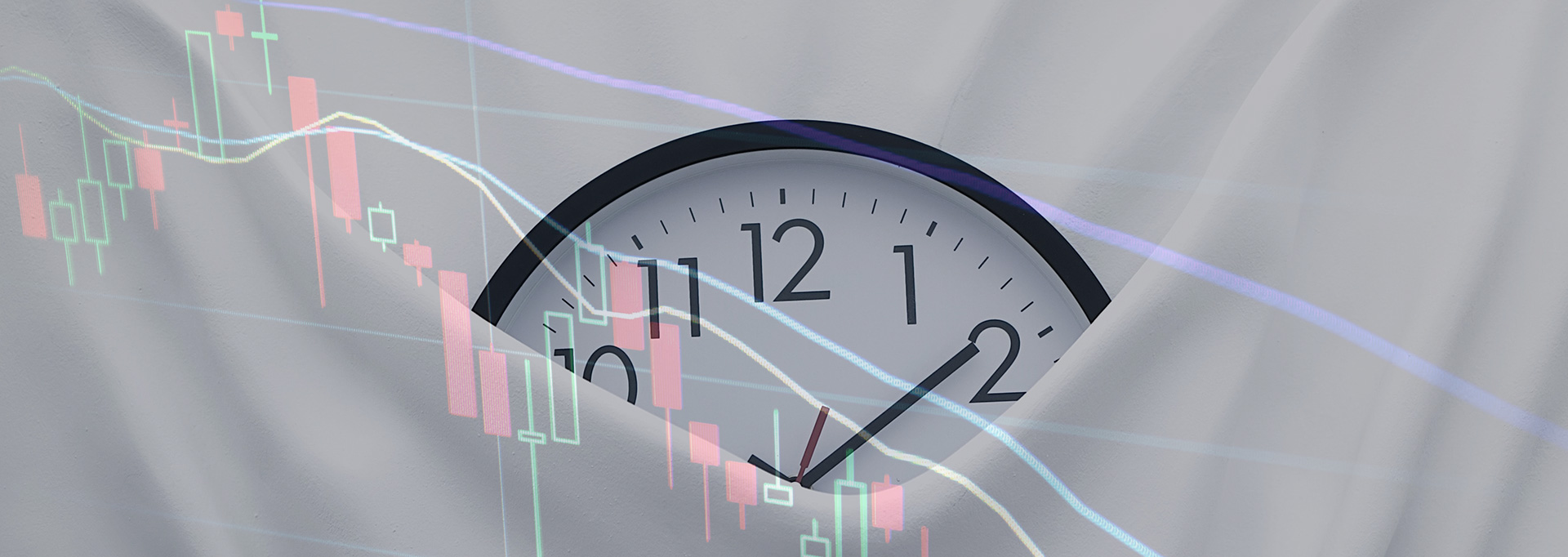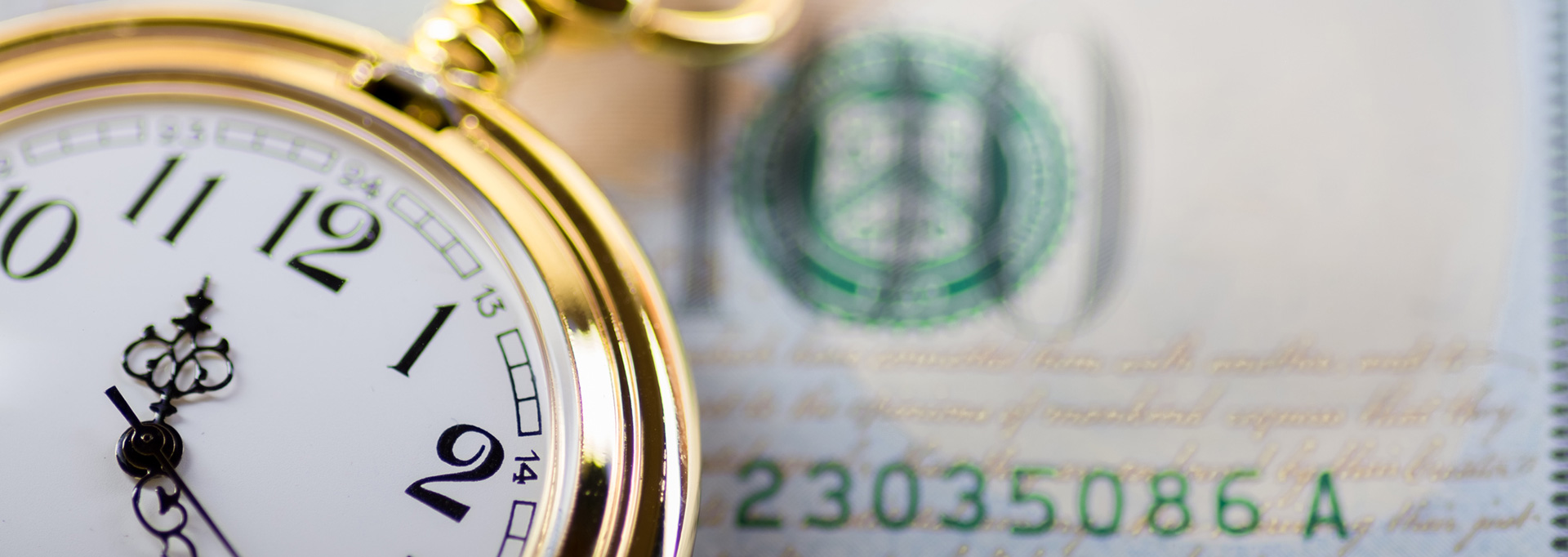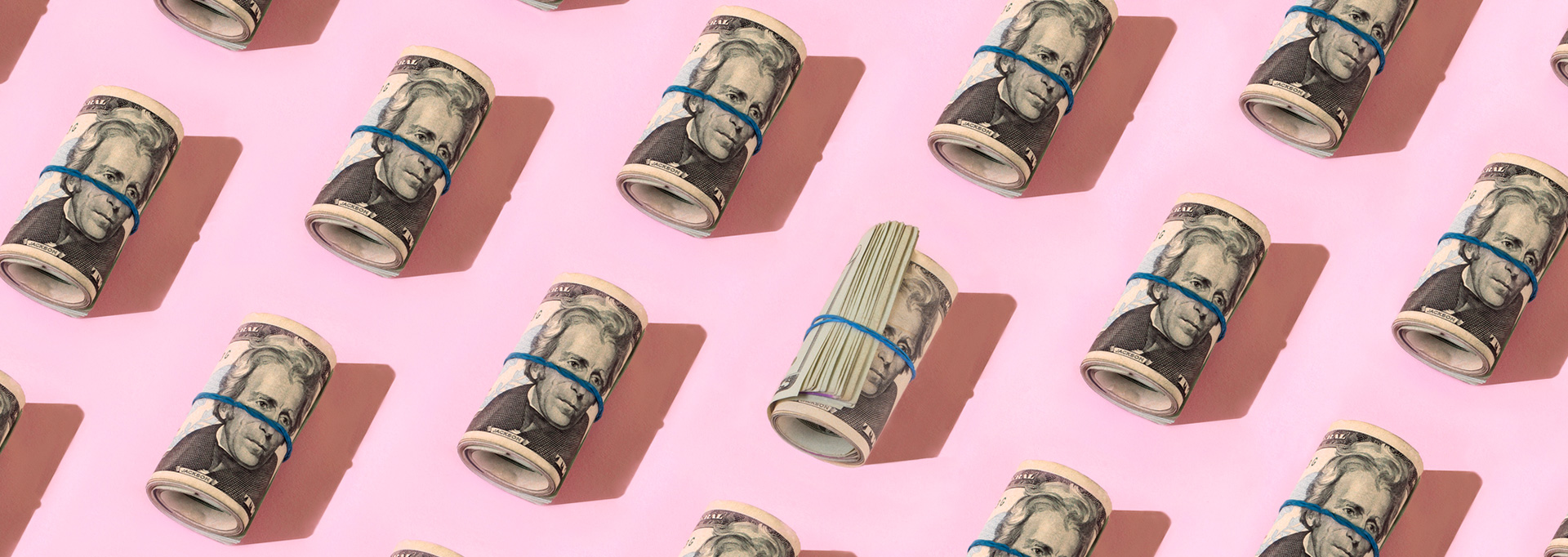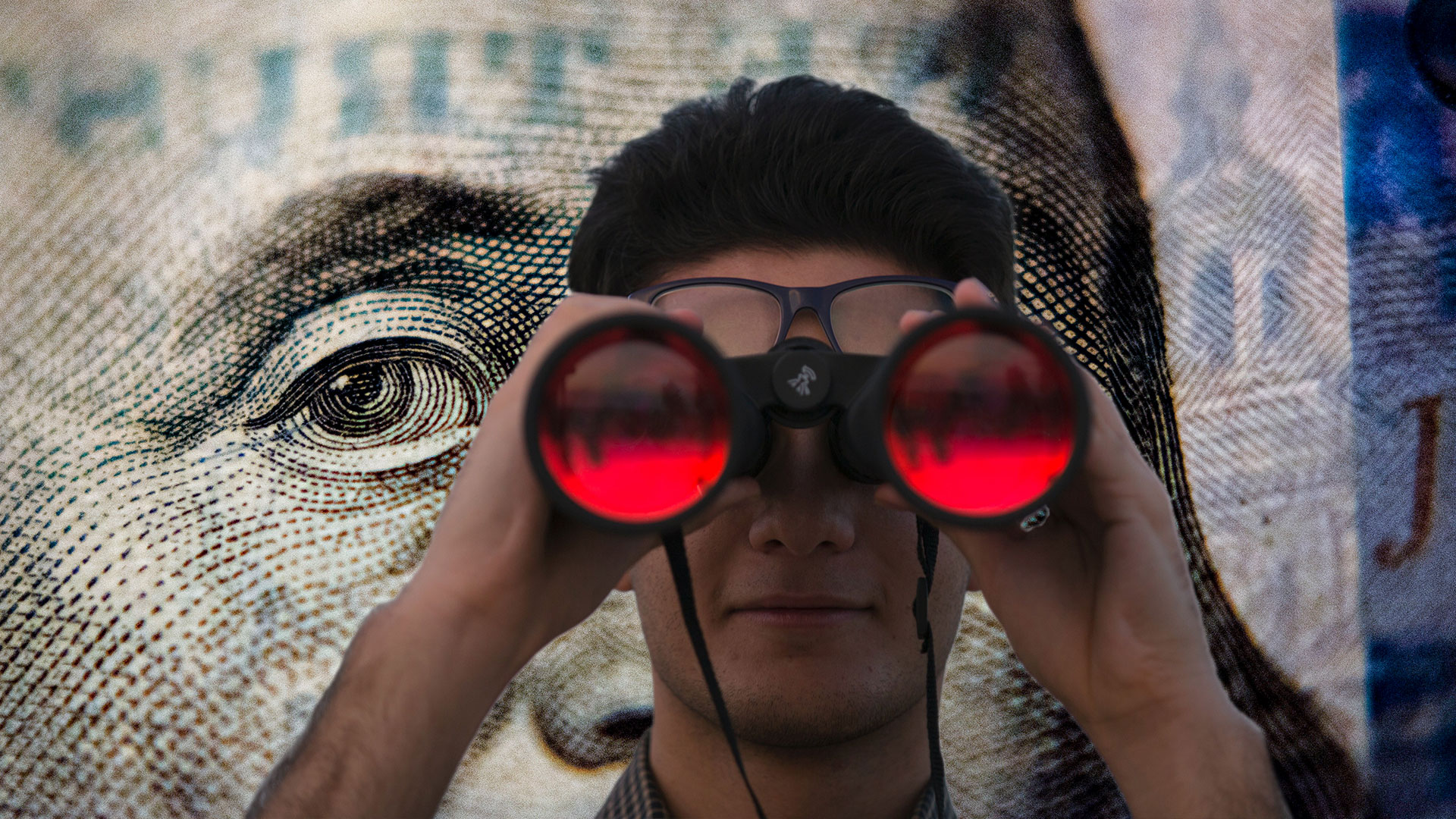Most products on this page are from partners who may compensate us. This may influence which products we write about and where and how they appear on the page. However, opinions expressed here are the author's alone, not those of any bank, credit card issuer, airline or hotel chain.
A certificate of deposit (CD) can be a great place to store your short-term savings. These accounts often have higher annual percentage yields (APYs) than standard savings accounts, though they might be lower than or on par with the best high-yield savings accounts. With a CD, though, you can’t access your funds for a set time—if you withdraw before the maturity date, you’ll pay a penalty, and those fees could offset or negate your earnings.
But if rates rise due to inflation and higher rates become available elsewhere, it might make sense to break your current CD and start from scratch. Here are three questions to ask before you decide.
Recommended High-Yield Savings Accounts
| Bank Account | APY | Features | Learn More |
|---|---|---|---|
|
|
4.50%
*Annual Percentage Yield (APY) is variable and is accurate as of 4/02/2025. Rate is subject to certain terms and conditions. You must deposit at least $5,000 to open your account and maintain $25 to earn the disclosed APY. Rate and APY may change at any time. Fees may reduce earnings. |
$5,000 min. deposit |
Open Account |
|
|
Up to 4.66%
Earn up to 4.66% APY on savings, and 0.51% APY on checking when you meet requirements. |
No minimum deposit |
Open Account |
|
Member FDIC |
0.50% - 3.80%
SoFi members who enroll in SoFi Plus with Direct Deposit or by paying the SoFi Plus Subscription Fee every 30 days or with $5,000 or more in Qualifying Deposits during the 30-Day Evaluation Period can earn 3.80% annual percentage yield (APY) on savings balances (including Vaults) and 0.50% APY on checking balances. There is no minimum Direct Deposit amount required to qualify for the stated interest rate. Members without either SoFi Plus or Qualifying Deposits, during the 30-Day Evaluation Period will earn 1.00% APY on savings balances (including Vaults) and 0.50% APY on checking balances. Only SoFi Plus members are eligible for other SoFi Plus benefits. Interest rates are variable and subject to change at any time. These rates are current as of 1/24/25. There is no minimum balance requirement. Additional information can be found at http://www.sofi.com/legal/banking-rate-sheet. See the SoFi Plus Terms and Conditions at https://www.sofi.com/terms-of-use/#plus. |
No minimum deposit |
Open Account |
|
|
4.10%
Earn 4.10% APY on balances over $5,000. Balances of less than $5,000 earn 0.25% APY. Annual Percentage Yield is accurate as of March 19, 2025. Interest rates for the Platinum Savings account are variable and subject to change at any time without notice. |
$100 minimum deposit |
Open Account |
1. What Will the Early Penalty Cost?
With most certificates of deposit, making a withdrawal before your CD matures results in a
Below is an overview of CD early withdrawal penalties at a variety of popular banks.
| Financial Institution | 1-Year CD (Early Withdrawal Penalty) | 5-Year CD (Early Withdrawal Penalty) |
|---|---|---|
|
60 days of interest |
150 days of interest |
|
|
3 months of interest |
6 months of interest |
|
|
6 months of interest |
18 months of interest |
|
|
180 days of interest |
180 days of interest |
|
|
90 days of interest |
365 days of interest |
2. Could I Earn More Interest by Reinvesting My Savings in a New CD?
If interest rates have gone up since you took out your certificate of deposit, it might be
Here’s how to calculate whether you might earn more by making an early CD withdrawal and reinvesting your savings in a new CD
- Calculate the amount of interest your CD earns each day or month.
- M
ultiply the interest by the number of days (or months) of interest you would lose if you made an early withdrawal. - Calculate the amount of interest you could potentially
earn from the new CD, but only for the duration of the old CD’s term. - Compare the potential
earnings from the new CD (for the duration of the old CD’s term) to the penalty.
If the penalty is less than the potential profits, it might make sense to break your CD early. But if your calculations result in a loss, it’s probably better to leave your cash in the existing CD until its maturity date. Then you can consider investing in a higher-rate CD or a high-yield savings account or money market account at a future date.
Recommended CD Accounts
| Account | 1-Year APY | 3-Year APY | 5-Year APY | Learn More |
|---|---|---|---|---|

CIT Bank Term Certificates of Deposit |
0.30%
Annual Percentage Yield is accurate as of April 2, 2024. Interest rates for CIT Bank's term CDs are variable and subject to change at any time without notice |
0.40%
Annual Percentage Yield is accurate as of April 2, 2024. Interest rates for CIT Bank's term CDs are variable and subject to change at any time without notice |
0.50%
Annual Percentage Yield is accurate as of April 2, 2024. Interest rates for CIT Bank's term CDs are variable and subject to change at any time without notice |
This product is currently not available via Slickdeals. All information about this product was collected by Slickdeals and has not been reviewed by the issuer. |
|
|
4.00% | 4.00% | 3.50% | Open CD |
|
|
4.10% | 3.65% | 3.60% | Open CD |
|
|
4.10% | 3.50% | 3.40% | Open CD |

Quontic Bank Certificates of Deposit |
4.00% | 3.25% | 3.00% |
This product is currently not available via Slickdeals. All information about this product was collected by Slickdeals and has not been reviewed by the issuer. |
3. Do I Need to Access My Savings for Another Reason?
You might need to access the cash in your CD early for an emergency or other unplanned need. Many financial experts recommend setting aside at least
In general, it’s
It can be upsetting to face an early withdrawal penalty and lose a portion of the interest you worked hard to earn, but having those savings could help you out of a crisis, which is sometimes the most important thing. Once your financial situation improves, you can work to rebuild your emergency fund for the future.
Bottom Line
When you open a CD from an FDIC insured bank and remain within federal deposit limits, your savings is protec
Nonetheless, there are a few situations where an early CD withdrawal could make sense. Just be sure to take your time, crunch the numbers and examine your situation from all angles before you make a decision that you can’t reverse.
Build your savings fasterExplore the Best CD Rates
Visit the Marketplace